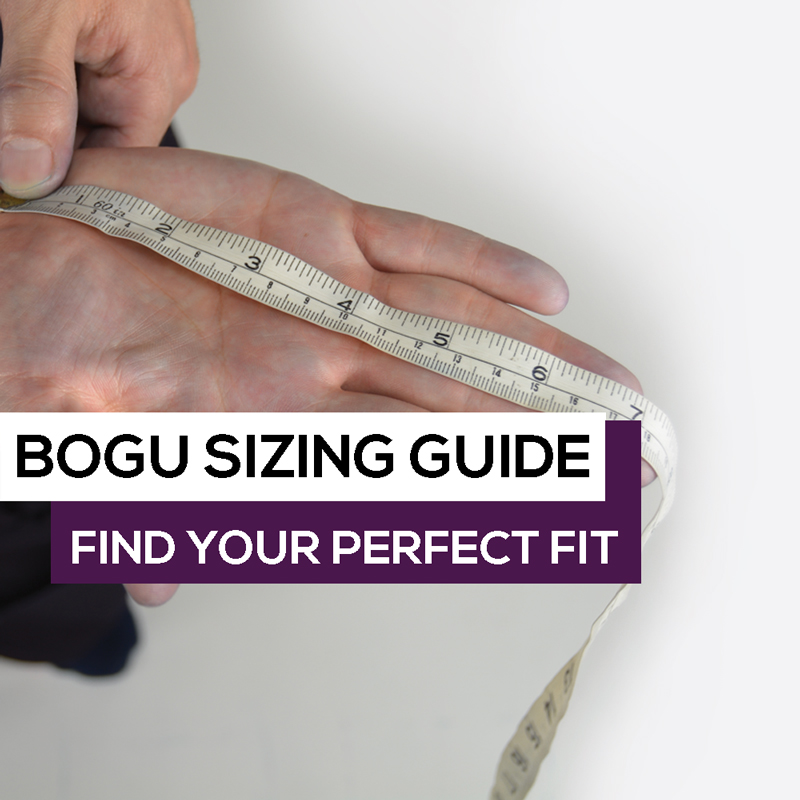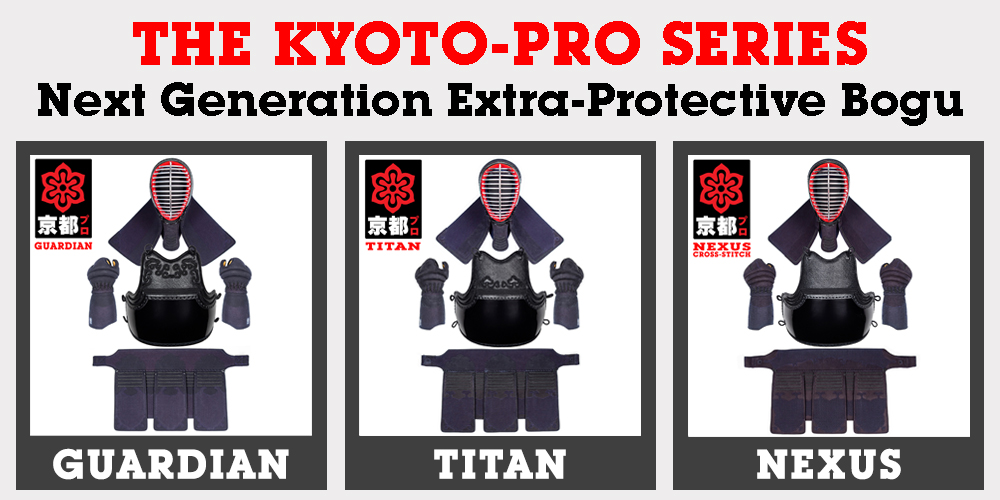Bogu Sizing Guide:
When it comes to buying Bogu one of the biggest concerns for many Kenshi is measuring up correctly so that they can look forward to a perfectly fitted new armour.
This sizing guide is here to take the stress out of the process and to ensure you get the perfect measurements, and so perfectly fitted Bogu, first time.
General Guidance
Before we get to the measurements themselves, there are few principles and points of general advice to consider.
- Wherever possible we advise that you get someone to help with the measurements. Ideally, a Sempai at the Dojo who is experienced in taking Bogu measurements. Failing that enlist the help of someone you can rely on to accurately interpret and check the specified tape measure positions and readings.
- Use a cloth/flexible tape measure. The tape needs to follow the contours and shape of the body closely to achieve an accurate result and that can’t easily be achieved using other measuring devices.
- Taut but not tight. The tape needs to be under gentle tension for all measurements. A tape that is too loose will skew the results to a Bogu which is too large. A tape which is too tight, cutting into the flesh, can result in Bogu which is uncomfortable and even painful to wear.
- When you are between sizes, round up. In general terms, Bogu will soften and leather will stretch and wear in with use, so if you do go down a size in most cases your armour will slowly mould to fit you. However, that can be an extremely uncomfortable route and Bogu parts that are too small can be agony, causing cramps and headaches along the way. Sizing brackets are very specific and so by going up by up to 1cm, the resulting size will not be overly spacious or sloppy, and you will ensure you don’t go through unnecessary suffering whilst you force your Bogu to conform to your body shape.
- Do you wear glasses? Wherever possible we advise to remove those when measuring for and wearing your Men. The arms of glasses typically cause major issues when the Men is tied on, being precisely where the Men-Buton is pinched-in to secure it. If you can use contact lenses, sports google style glasses with an elastic fastener or dispense with your glasses altogether your Men will fit both more comfortably and safely.
- If in doubt, get in touch. We are always here to offer support, so if you are unsure of a measurement method or result, drop us a line and we will be happy to assist.
Men Sizing
Probably the most critical piece of protective equipment and the most complex to measure up, the Men (helmet) is both the most difficult part to measure for yourself and the most important to get right. A combination of two head circumferences and a measurement for the eye level make up the primary Men sizing method as seen here.
Men Size A
A classic “hat band” measurement, taken with the tape on a horizontal plane, parallel to the ground. The measurement is a complete circumference of the head, starting just above the eyebrows, passing just above the ear and encompassing the most prominent projection of the skull at the back of the head:
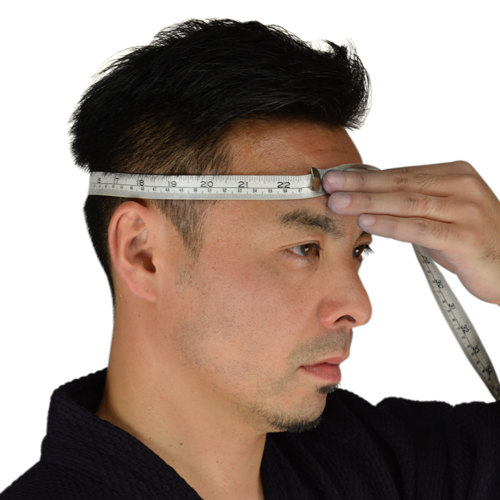
Men Size B
Another complete circumference of the head. This measurement runs from the point of the chin upwards in a diagonal plane, passing just above the ear, goes around the crown of the head and back down the opposite side identically to finish at the point of the chin. It is important with his measurement to find the angle and position where the longest measurement possible (within the parameters of the general guidance) can be confirmed:
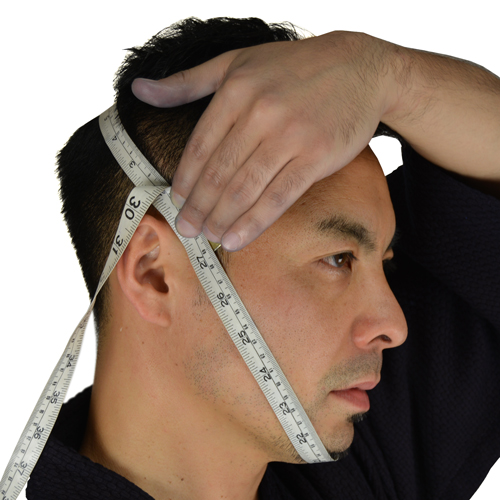
Monomi Size
The Monomi is the slightly wider bar in the Men-Gane (grill) which allows for clear vision and which should be aligned with the eye level for that purpose. The measurement method for the Monomi is to find the lower border of the point of the chin, and the level of the midpoint of the pupil when looking straight ahead. The measurement between these two points give us the Monomi size required:
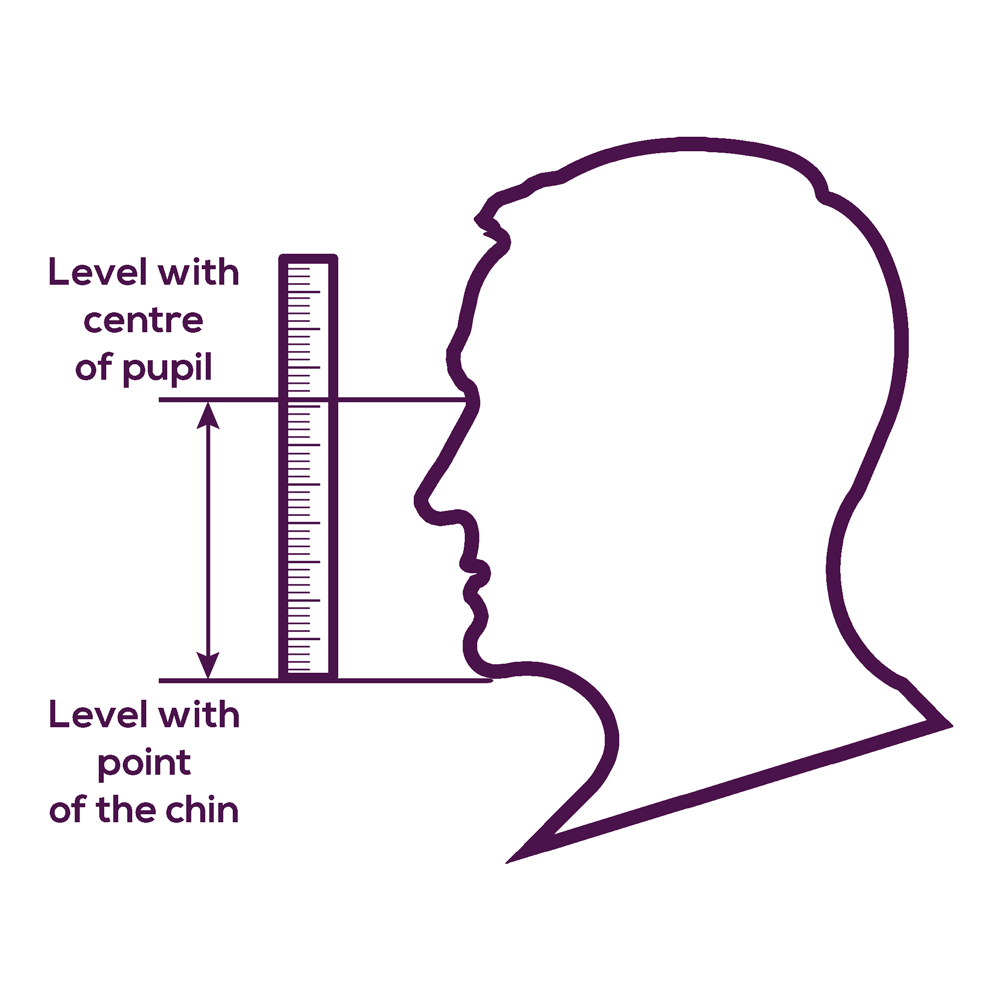
Kote Sizing
Correctly fitted Kote can both enable the development of correct form and technique and make the difference between suffering, discomfort and pain, and the total freedom to be present in your practice without needing to pay any attention to your Kote. Measurements are taken for the width and length of the hand to find the ideal size combination. We would advise measuring your dominant hand and using that as your reference as there can be subtle differences which might make a difference if you are a borderline size.
Kote Size A
This measurement of the hand is taken across the line of the knuckles on the back of the hand at their widest point. The tapes passes around to the palm side, following the same line to find the complete circumference:
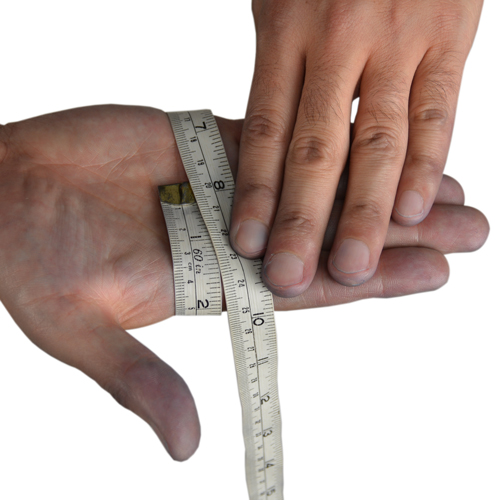
Kote Size B
The first step in this measurement is to identify the starting point, at the base of the palm, where the first wrist crease (the one closest to the palm) is found. From the point, the measurement is taken along the midline of the palm to the tip of the middle finger (or the longest finger in some rare cases):
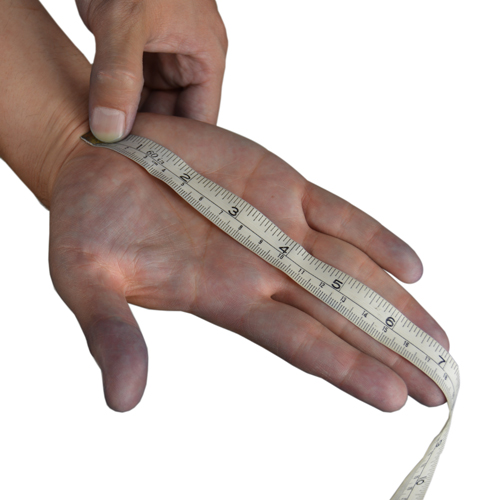
Do & Tare Sizing
Do and Tare sizing are based on two factors, the circumference of the waist, and the height of the practitioner. In combination this ensures the Do will wrap the body sufficiently, allow enough room at the sides to correctly absorb impact and cover an ample area of the flank to ensure maximum protection of the side. The Tare height is also critical so that it does not impede free movement of the legs and an appropriate wrap around of the waist is achieved.
Do & Tare Circumference
Wearing your Keikogi and Hakama, first identify the level of the navel. Pass the tape horizontally around the whole body at that level, applying the normal gentle tension to the tape. Relax and breath out to get an accurate baseline for your body circumference.
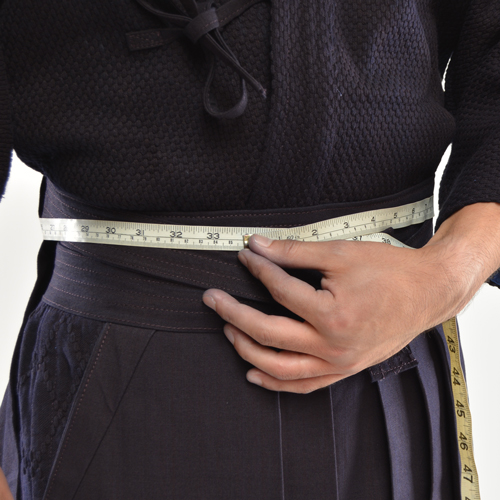
Height
If you are not completely sure of your height, we advise standing barefoot and using a flat object such as a book, have an assistant extrapolate your height to a wall, mark it with a pencil and then measure from the floor to the mark to get an accurate height measurement.
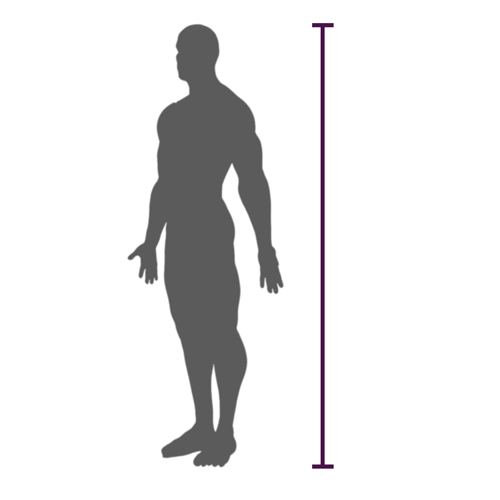
You should now be all measured up and ready to take your next step in a new Bogu! If you need advice or information on our range of premium quality Kendo armour, don’t hesitate to get in touch for assistance via sales@ninecircles.co.uk

